Jimei x Arles
“Why is our memory always in black-and-white?” asks Li Qiang in his forthcoming exhibition, created for the Project Room at this year’s Jimei × Arles festival in south-eastern China. For the past decade, the Beijing-based artist has been working with books and magazines as his primary source material, tearing them into large-scale, multilayered collages in which thousands of scraps of paper are transformed into new images, such as iconic portraits of political figures or mountainscapes.
One of the annual highlights of the festival, the Project Room is given over to an artist “whose work pushes the boundaries of the photographic format”. And Asian talent is championed throughout the festival in the China Pulse section, the Discovery Award, and its newly created prize for female Chinese photographers. The 2019 edition will also focus on photographers from India, presented alongside exhibitions brought over from its sister festival, Les Rencontres d’Arles.
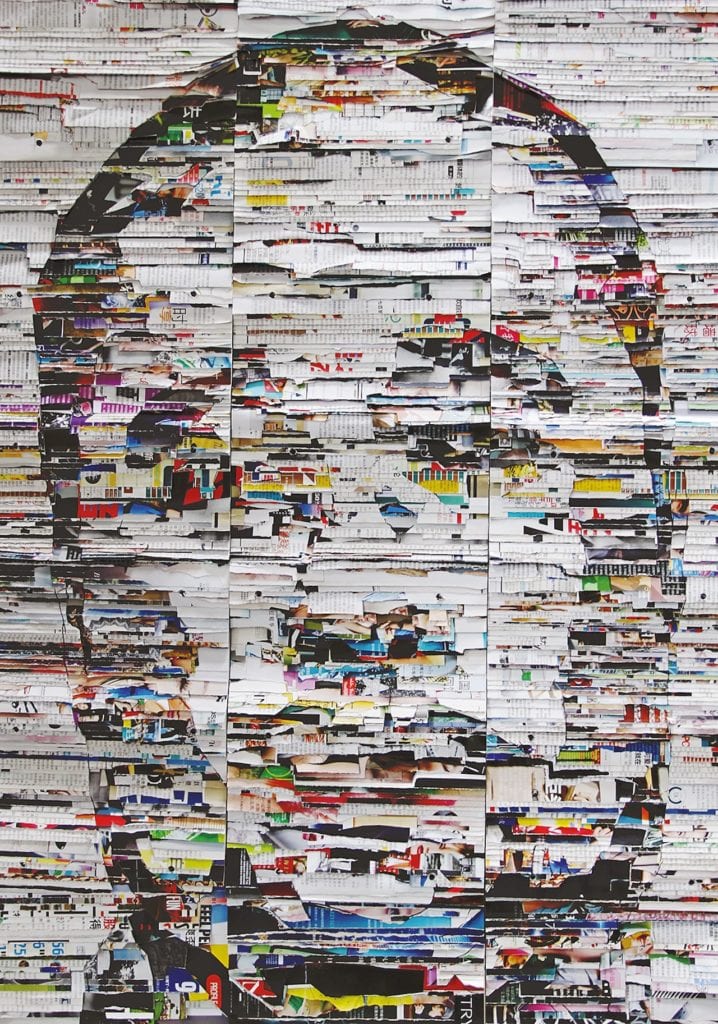
—
Homelands: Art from Bangladesh, India and Pakistan
Opening at Kettle’s Yard, Cambridge, on 12 November 2019, Homelands: Art from Bangladesh, India and Pakistan features work by 11 contemporary artists that engage with displacement and the transitory notion of home — both pivotal factors for the modern construction of Bangladesh, India and Pakistan. Responding to the present climate of increasing nationalism, the exhibiting artists will engage with both intimate and political histories.
Curated by Dr Devika Singh, curator of international art at Tate Modern, Homelands will encompass painting, drawing, video, photography and installation, including 27 photographs by Sohrab Hura (one of BJP’s Ones To Watch in 2011), Iftikhar Dadi and Elizabeth Dadi’s neon sculptures of national flowers from their Efflorescence series, and a newly conceived performance by Nikhil Chopra, among many more.
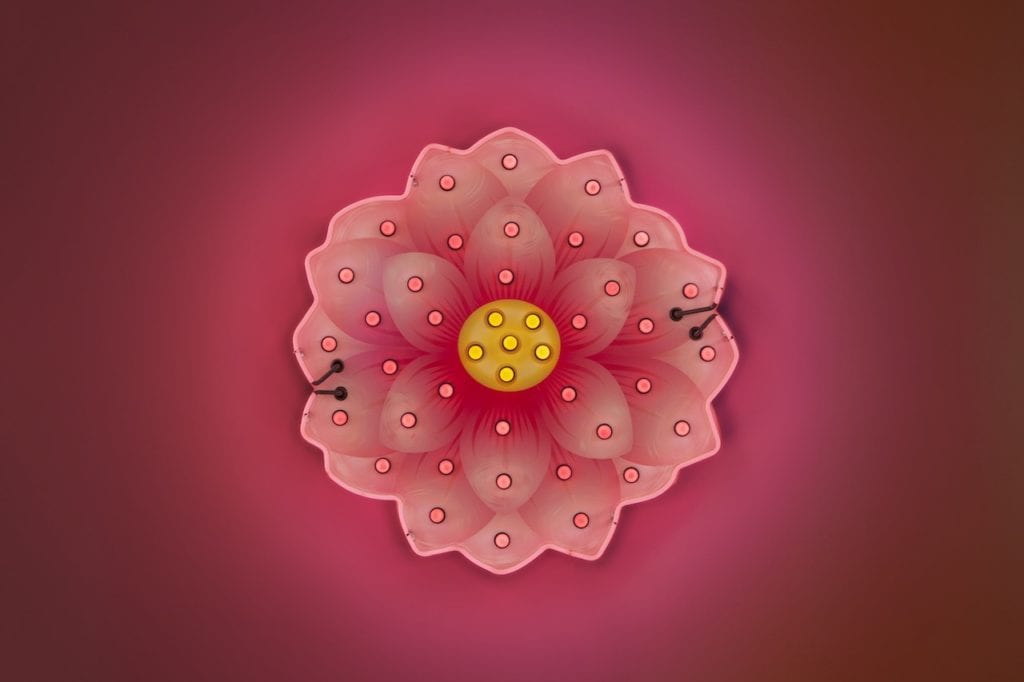
—
Omatandangole
In Oshiwambo, a language spoken by the Ovambo people of northern Namibia, the word ‘omatandangole’ refers to a kind of mirage. It is also the title of Aapo Huhta’s most recent photobook, published by Kehrer Verlag, in which the extraordinary landscapes of the Namibian desert become metaphors for issues of personal and global significance.
A personal crisis precipitated the project, which Huhta shot between 2016 and 2018, retreating to the desert to escape his past. Black-and-white photographs, interspersed with coloured stills, depict desolate landscapes and the lonely creatures who inhabit them. If inner turmoil provoked the series, then it is also burdened by a wider narrative. Omatandangole alludes to the effects of the climate crisis, imagining an impending future in which the planet resembles the ravaged world that the book depicts.
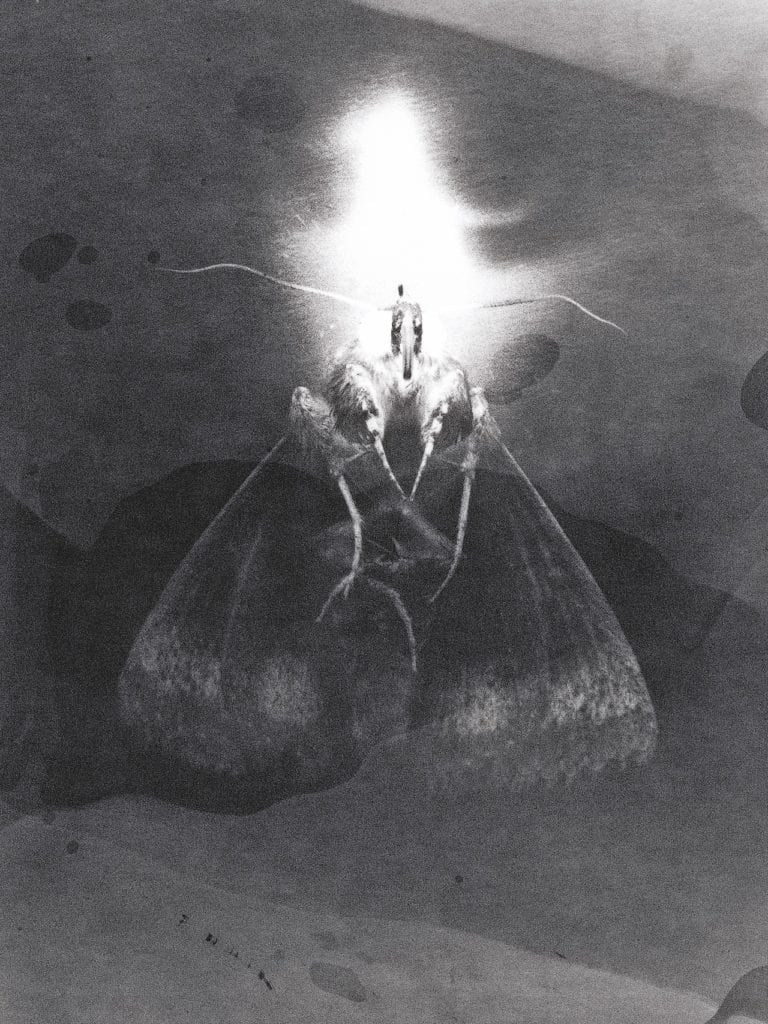
—
Anders Petersen: Stockholm and Soho
Although Anders Petersen will forever be known for his first major work, capturing the denizens of Café Lehmitz in Hamburg’s red-light district, over the past decade he has also published a string of well-received books such as Rome and Soho, shot on his travels abroad. So it was only a matter of time before he focused on his home city, Stockholm.
The results, created over a four-year period, were on show until September at the city’s Liljevalchs gallery, who commissioned the work, and they can be found in an accompanying book, published by Max Ström. A selection of images from the photographer’s residency in Soho is also on show as part of Shot in Soho at The Photographers Gallery, London, until 09 February.
maxstrom.se
thephotographersgallery.org.uk
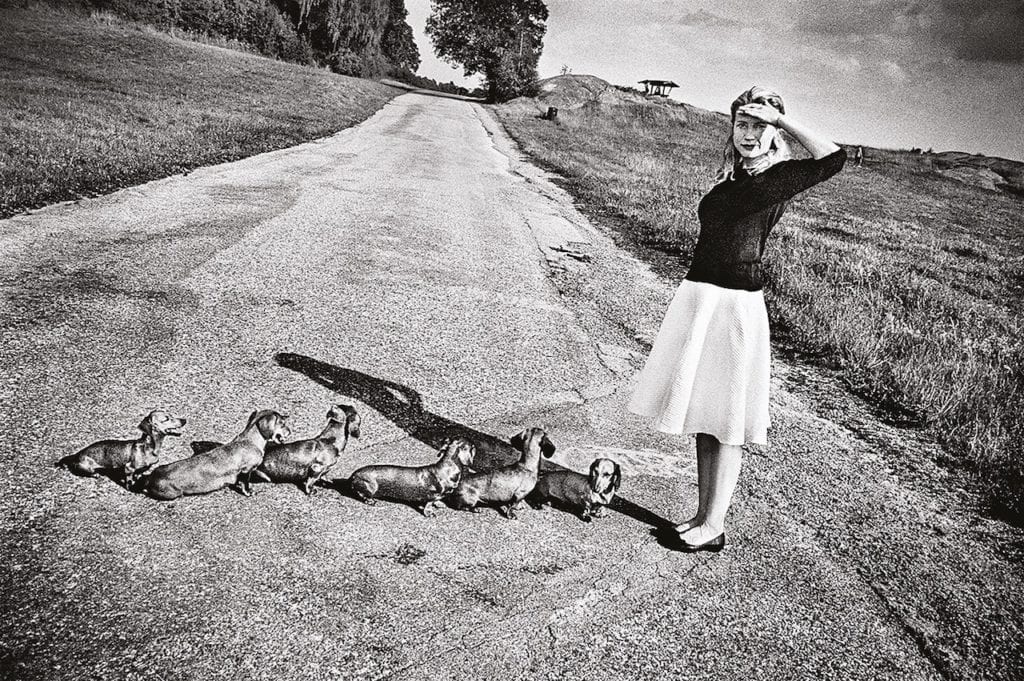
—
Midcentury Memories: The Anonymous Project
It began when the film-maker, Lee Shulman, purchased a box of 35mm Kodachrome slides from eBay. Despite all the images simply revealing the daily lives of complete strangers, Shulman was taken by the charm of these intimate snapshots, likely never to be reunited with their owners.
The Anonymous Project launched in 2007 and today it boasts a collection of some 700,000 images, which have been donated or found and somehow made their way into Shulman’s hands. A selection of these has been amassed into a book, Midcentury Memories, published by Taschen this November.
The names of subjects, dates, or places are all unknown and would be kept anonymous even if they were. But while the book is a collection of throwaway memories, there are dozens of narratives that the viewer can extrapolate, both from individual lifetimes, and the Kodachrome generation as a whole. Through them, we see that our photo-taking habits have not changed as much as one may have first thought.
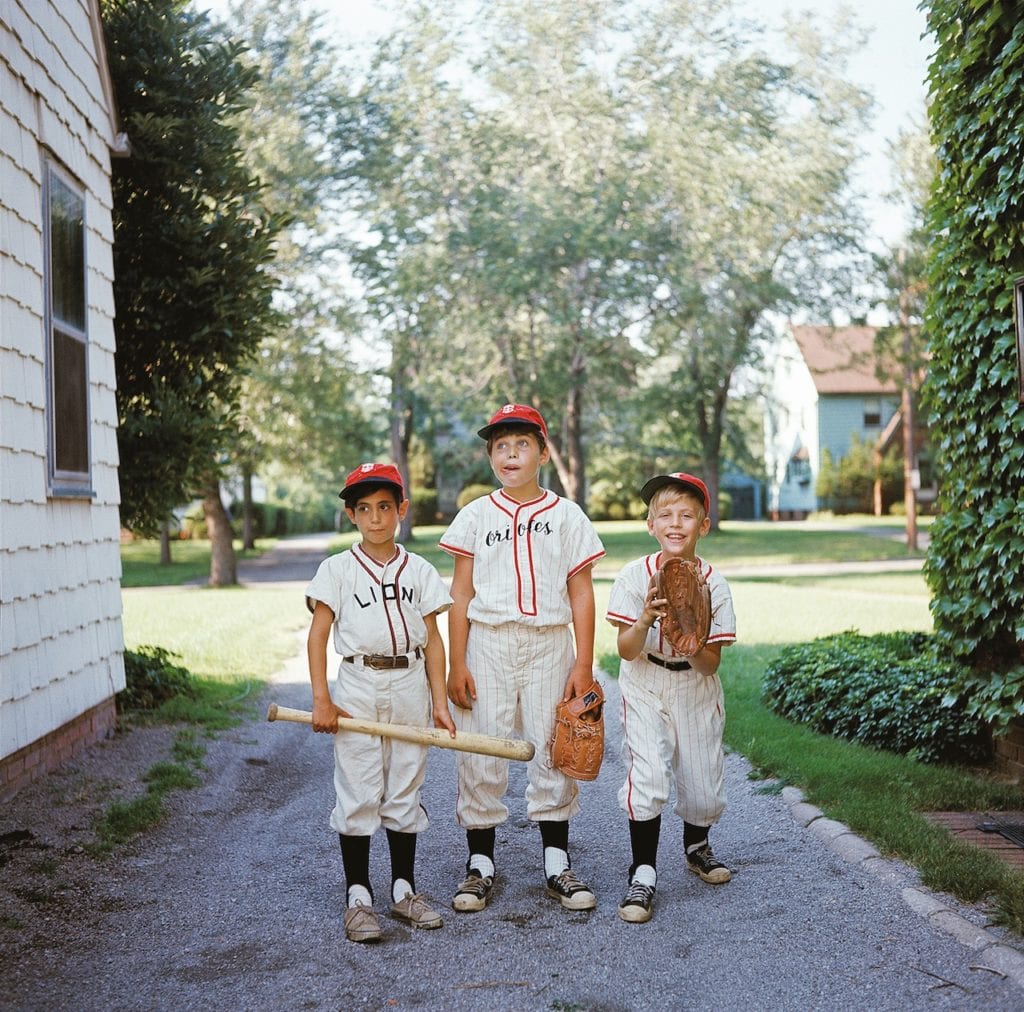
—
Ubiquitous Surfaces
An exhibition opening at Open Space in south-east London brings together works by nine Istanbul-based artists. Using Istanbul as the case study, collectively, the work, which encompasses photography and moving image, explores how the production and recording of images have shaped our relationship with the city.
The work of Serkan Taycan, Larissa Fassler and Erdal İnci reference Taksim Square, a small green charged with political history after the Gezi Park protests in May 2013. Elsewhere, Oddviz Collective, Kerem Ozan Bayraktar and Lara Ögel look closely at actual surfaces such as walls and the street — the contact point between the city and its inhabitants — and Ara Güler, Berkay Tuncay, Artıkişler Collective, and Sevgi Ortaç’ s works question how images contribute to collective visual memories of the city.

—
